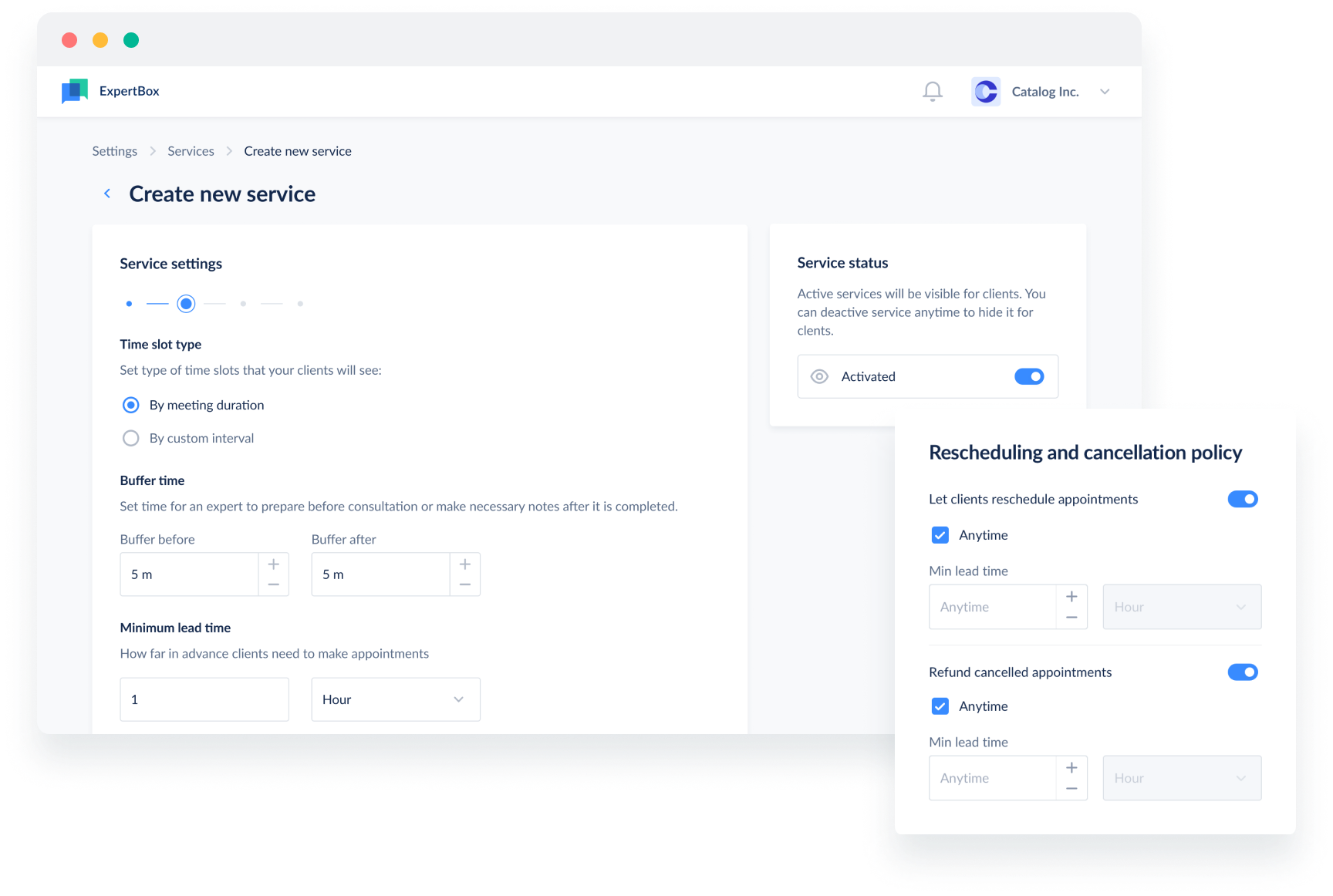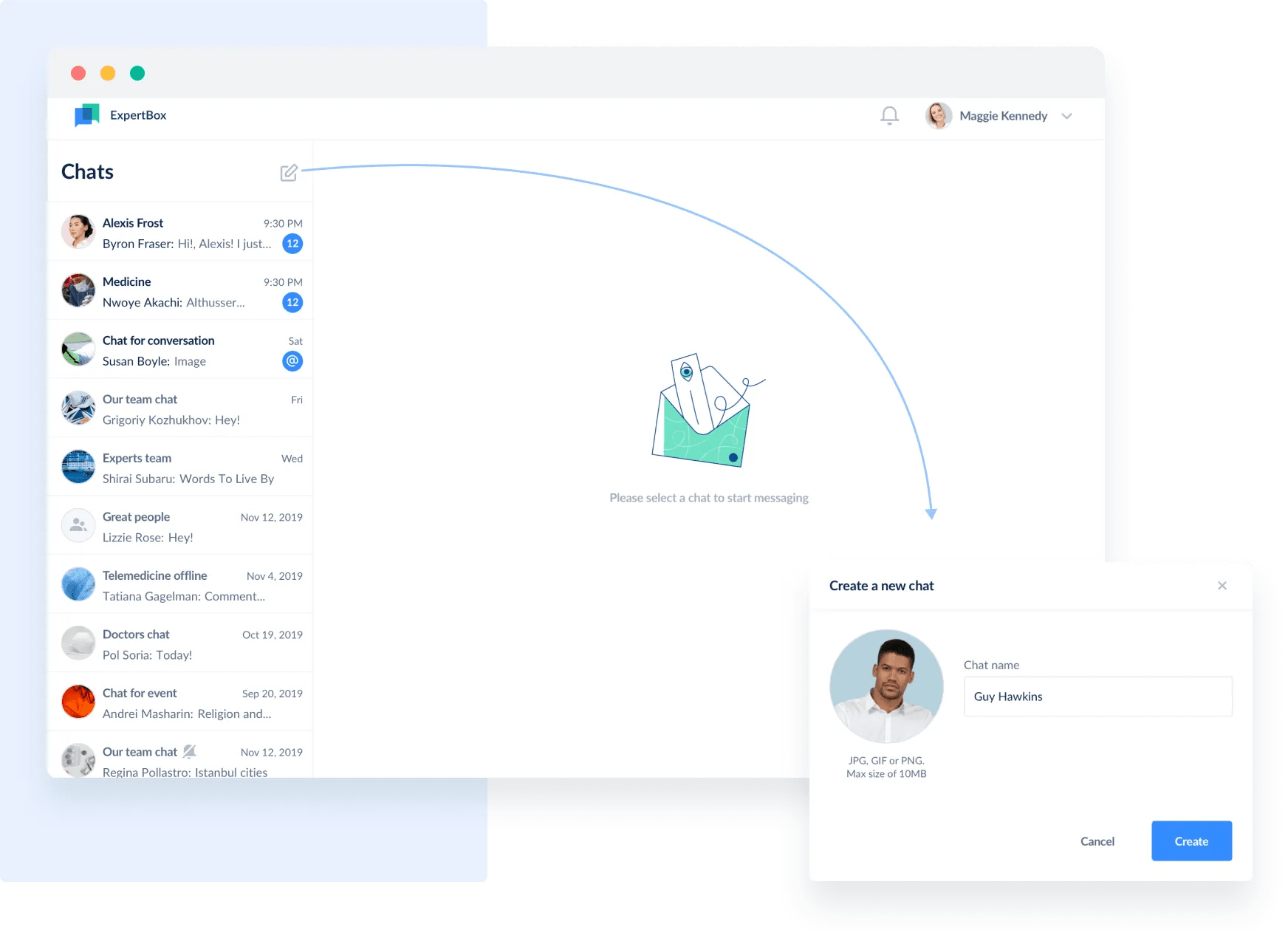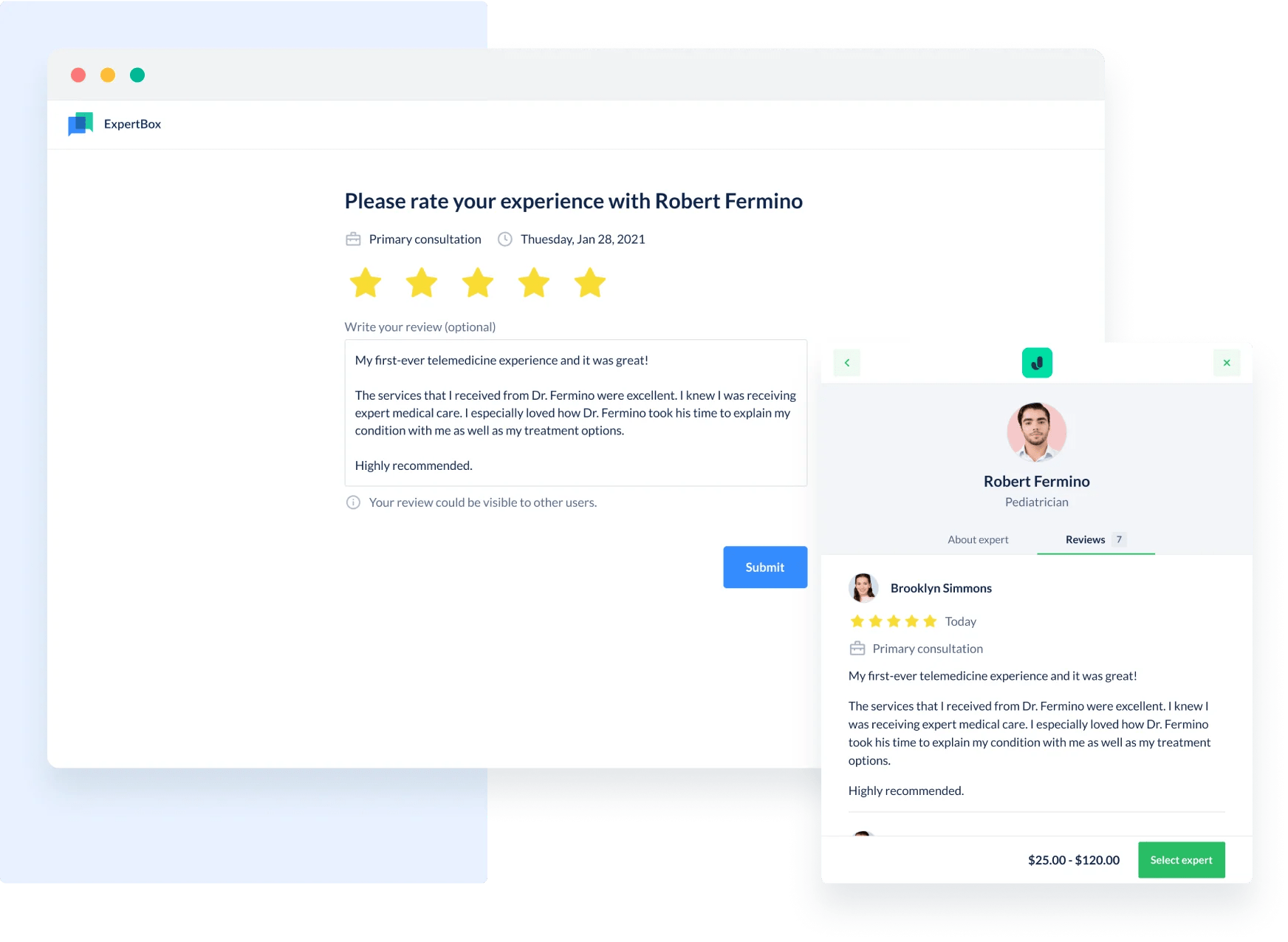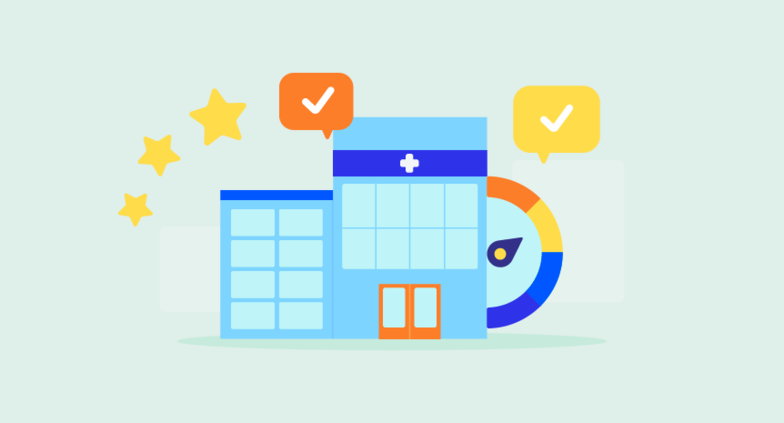Long patient wait times can be detrimental to quality patient care and can negatively impact patient experience and satisfaction. Wait times can result in worse care outcomes, lower healthcare facility ratings, and higher healthcare expenses. The average patient wait time across physician specialties in the US is about 18 minutes.
The longer patients wait for their turn, generally, the worse the clinic rating will be. Patients gave the highest ratings to healthcare providers with an average wait time of 13 minutes, while the lowest ratings were given to physicians with a wait time of more than 34 minutes.

Not surprisingly, patients consider changing their physician if they have to wait long to be seen by a doctor. To avoid patient attrition and reputation losses, learn how to reduce wait times for healthcare and make your staff more productive.
How to reduce waiting time in clinic
Cut down waiting time in hospital, ramp up your clinic’s efficiency, and create a more flexible and optimal working schedule with these ten tips.
Streamline clinical workflow
You need to make every part of your clinic’s workflow transparent to create a smooth and effortless patient experience, from the patient’s first contact with your services, to booking and scheduling, payment, post-appointment support, gathering patient feedback, and data analytics.
To optimize as many processes as possible, consider doing the following:
- Set regular meetings with your employees to assess the efficiency of your existing workflows and discuss ongoing issues.
- Visualize patient appointment experience from their perspective by creating a visual map and brainstorming ideas with your team. You can then identify gaps in patient appointment timelines to improve wait times.
- Analyze data by collecting feedback after each appointment to understand patients’ needs and potential bottlenecks.
Is your clinic staff overloaded with endless administrative tasks? With the right technology, you can manage your clinic more efficiently and generate more revenue. Check out how you can benefit from embracing clinic management software in our article.
Balance supply and demand
Reach a balance between your appointment demand and supply.
To gauge appointment supply, healthcare providers should estimate how many appointment slots are available for new patients within a specific period.
Comprehensive clinic practice management software can perform this automatically. The image below shows how physicians can match their appointment supply and demand on a monthly basis.

While the supply defines the number of available appointments, the demand shows how many patients are ready to schedule an appointment with a healthcare provider.
Below are some tips for clinic owners on how to balance appointment supply and patient demand. You can find tips for when your appointment supply is higher than the amount of patients and when your supply doesn’t meet patient demand.

Set a day-to-day workflow that allows healthcare providers to help patients who need to be seen immediately without sacrificing the quality of your clinic’s regular services and caring for other patients. Make sure you have a sufficient number of physicians working in your clinic to satisfy patient demand.
Adopt telehealth
On average, getting to a professional healthcare service requires more than 34 minutes of travel time and about 18 minutes of wait time. As a result, this can harm a physician's schedule and worsen patient access to quality healthcare services.

Adopting telehealth technology and virtual treatment decreases average patient wait times and late arrivals since patients don’t have to deal with travel-related barriers and don’t need to spend hours in a waiting room. Besides, telehealth technology can also reduce patient no-shows with smart appointment notifications and can improve your clinic's efficiency by reducing paperwork and automating administrative tasks.

Telehealth solutions make healthcare accessible, cost-effective, and flexible. But how can you make sure telehealth is profitable for your practice? Explore what metrics can help you evaluate your telemedicine program’s effectiveness and what data points you should keep in mind to reach your facility’s objectives.
Let patients book online on their own
Digitizing patient booking and making it fast and convenient allows you to reduce patient wait times for healthcare. An automated scheduler helps reduce discrepancies in appointment scheduling, allowing patients to view a physician's calendar, see available time slots, and choose what fits them best.
Researchers from Kaiser Permanente found that the ability to self-book can reduce patients' appointment wait times from 55 days to 1 day.
Practice management solutions like ExpertBox enable patients to schedule appointments by themselves at a convenient time, allowing them to have more control of their own time and schedule. Patients can also choose whether they want an online or onsite visit.

Adopting automated scheduling and booking allows clinics to increase patient volume, improve patient satisfaction, and generate more revenue in the long run.
Gather patient data before the appointment
Creating intake forms and sending them electronically to your patients helps you get required information before the appointment. This data may include medical history, previous prescriptions, hospitalizations, personal details, insurance information, etc.
By obtaining patient information up front, physicians can prevent treatment delays and start addressing patient health issues from the beginning of the appointment instead of compiling this data during patient check-ins.

With ExpertBox, you can create custom intake forms, send them to patients with their booking, and get all required information before their appointment begins.
Develop no-show and late appointment arrival policies
Before you start an appointment with a new patient, set your no-show and rescheduling policies and specify when a patient becomes a late arrival. Creating these policies will make patients value their own and your time more and motivate them to show up on time.

Clinic management software with a booking feature can also offer a rescheduling option. Since patients are aware of possible fees for not showing up or arriving too late, with this option, they can reschedule their appointments beforehand to not lose money.
Use the secure chat for consulting patients on the go
Messenger is a practical additional communication channel that helps patients immediately receive advice or get important information. By using the chat, you can reduce wait times by cutting down back-and-forth phone calls and emails. You can also reach your patients anytime, especially when they’re not accessible by phone.
Messenger also allows your staff to respond to patient requests without patients having to wait until they can directly contact their physician.

Pay attention to the channel's security when deciding on a communication method. It's best to use clinic management software with an in-built chat as a part of a HIPAA-compliant ecosystem.
Use surveys to understand reasons for long patient wait times
Sometimes it takes time to identify where inefficiencies are. You can create surveys to analyze patients’ appointment experience and timelines, including questions such as how much time they spend in an exam room, at the front desk, and in the waiting room and how long their appointments last.

By consistently tracking the patient experience, you can identify where problems or delays occur and can quickly adjust your workflow and appointment schedule to reduce wait times.
Redesign your waiting room
You may not be able to completely reduce patient wait times in clinic, but you can make waiting as comfortable as possible by creating a pleasant waiting area. Consider having:
- a secure and stable Wi-Fi connection
- a sufficient number of comfortable seating spaces
- education and entertainment materials, such as journals, brochures, books, etc.
- optimized lighting
- educational videos
- free food and drinks
By adding these features, patients may be willing to wait longer.
If you provide telehealth appointments, you can let your patients prepare for their appointments efficiently with an online waiting room. Some telehealth software solutions provide patients with secure access to an online waiting room that becomes available, for example, 15 minutes before the appointment starts.
Patients can use this time to prepare themselves, with the help of health-related materials provided by their physician, and perform a technology check on their side to ensure everything functions properly (adjust their camera, microphone, headphones, etc.).
Adopt a mobile queue
Embracing a mobile queue system can be highly effective in helping reduce hospital wait times and enhance patient satisfaction. With such a system, patients can join a virtual queue that updates their position in real time, freeing them to use their wait time productively, like grabbing a coffee rather than sitting in a waiting room.
Conclusion
Wait times can make even your most loyal patients want to turn to another healthcare provider. However, there are various tips and tools at your disposal to reduce patient wait times.
Adopting advanced clinic software that automates daily operations, patient health records, payments, etc., and offers a secure patient portal and video conferencing tools can improve patient satisfaction and meet increased appointment demand.
We recommend considering all-in-one clinic management software that provides the functionality to create a seamless patient experience, stay in touch with your patients and staff 24/7, and create a flexible working schedule for you and your teams.
Book a free demo to learn more about the HIPAA-compliant clinical management software, ExpertBox. See how ExpertBox can elevate your productivity and performance.
FAQ
-
You may not be able to completely eliminate patient wait times in your clinic, but you can make waiting as comfortable as possible by creating a pleasant wait area. Consider having:
- a secure and stable Wi-Fi connection
- a sufficient number of comfortable seating spaces
- education and entertainment materials, such as journals, brochures, books, etc.
- optimized lighting
- educational videos
- free food and drinks
By adding these features, patients may be willing to wait longer.
-
Wait times can result in worse care outcomes, lower healthcare facility ratings, and higher healthcare expenses.
The longer patients wait for their turn, generally, the worse the clinic rating will be. Patients gave the highest ratings to healthcare providers with an average wait time of 13 minutes, while the lowest ratings were given to physicians with a wait time of more than 34 minutes.
-
Check out these nine tips on how to cut down wait times in your facility, ramp up your clinic’s efficiency, and create a flexible and optimal working schedule:
- streamline clinical workflow
- balance supply and demand
- adopt telehealth
- let patients book online on their own
- gather patient data before the appointment
- develop no-show and late appointment arrival policies
- use secure chat
- use surveys to understand reasons for long wait times
- redesign your waiting room




